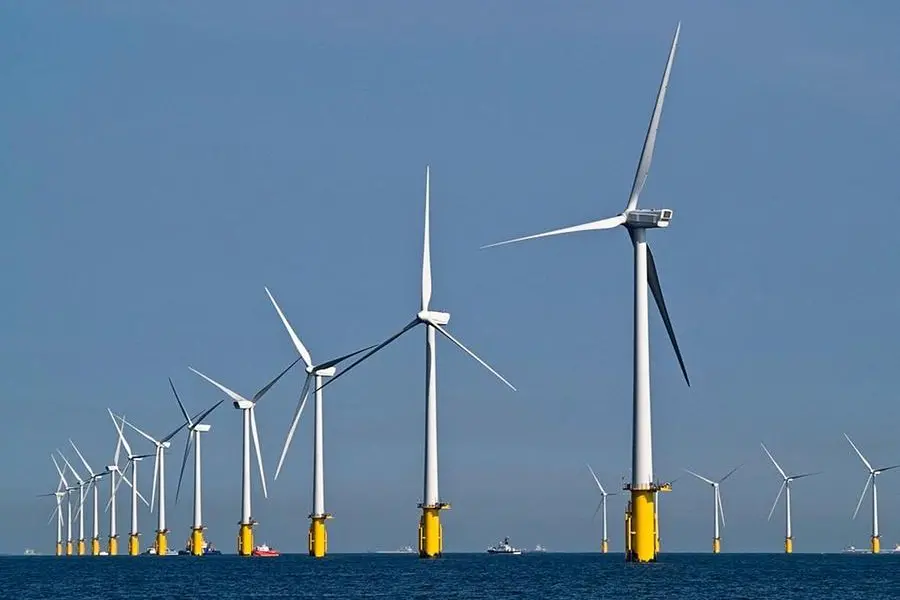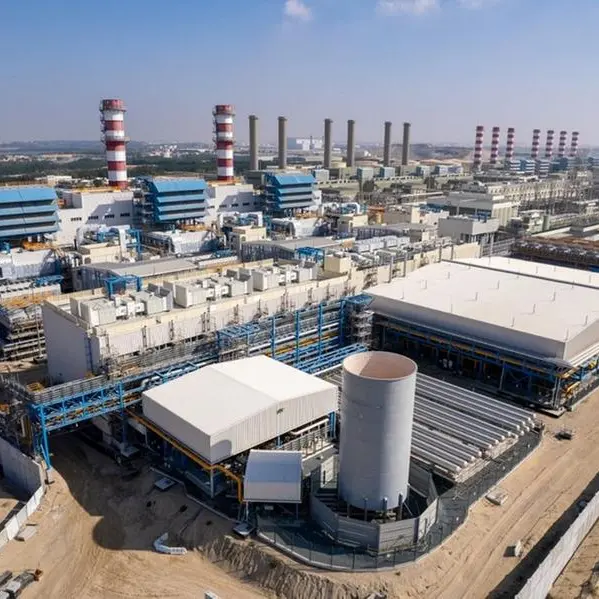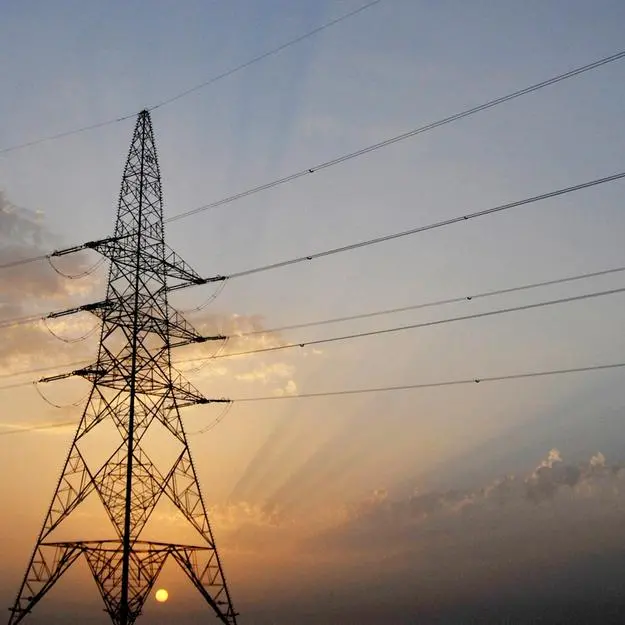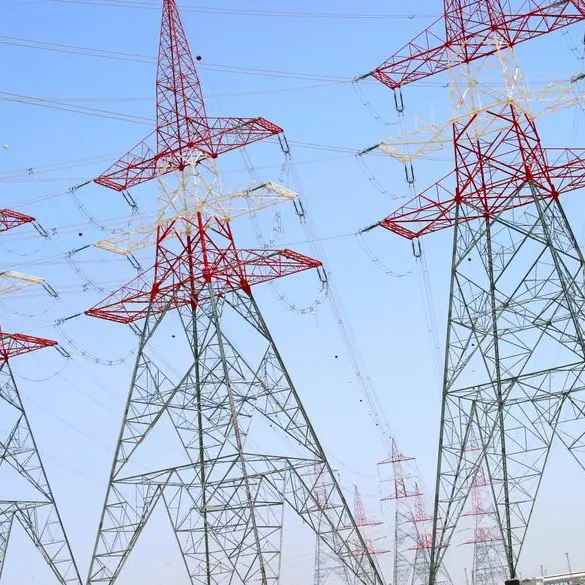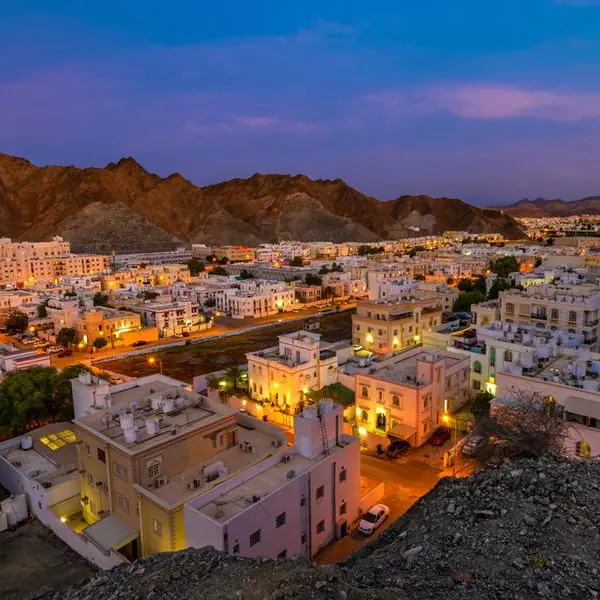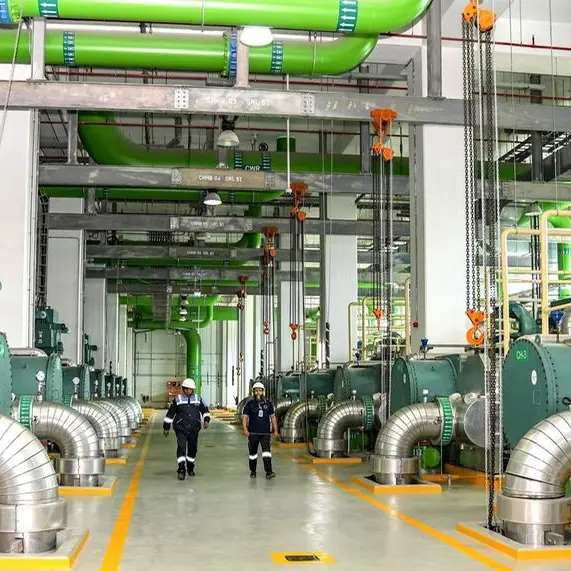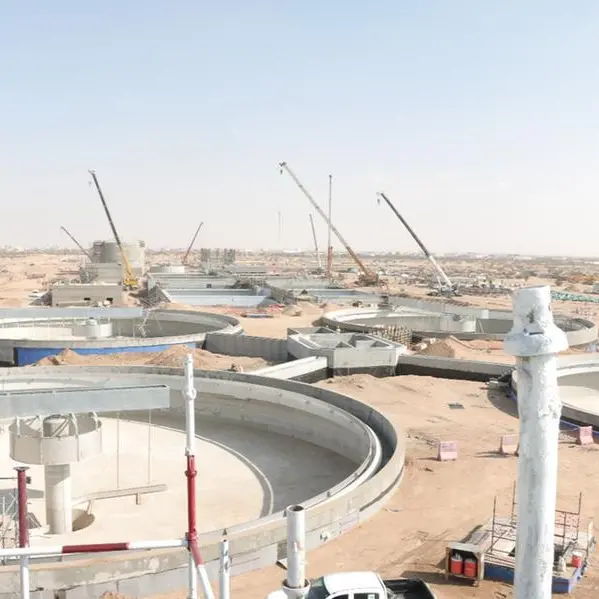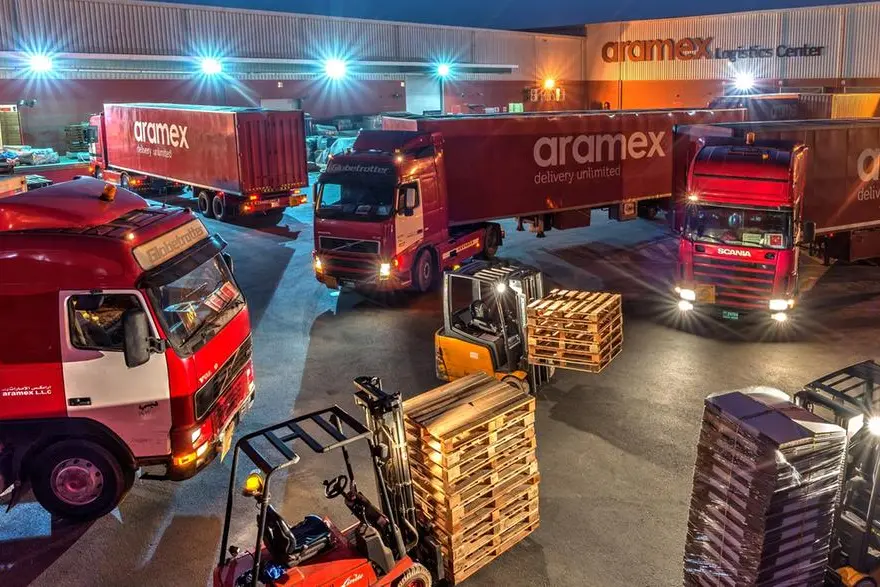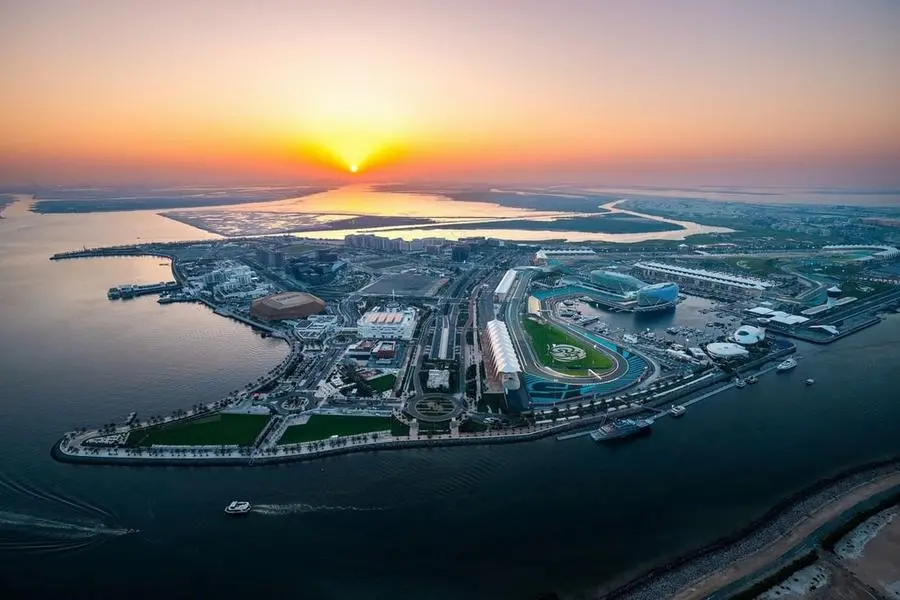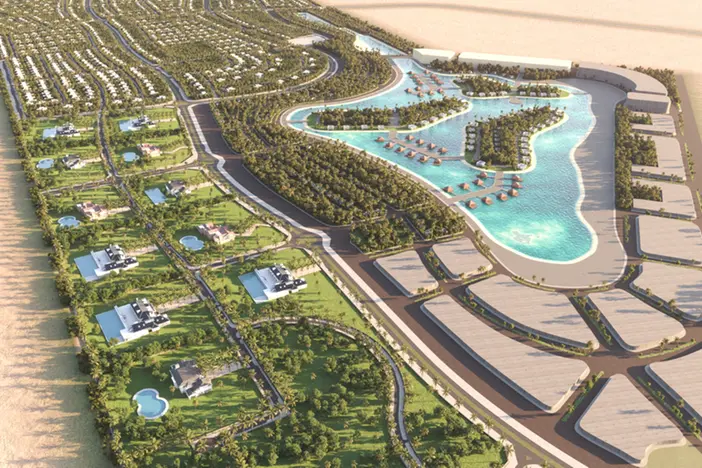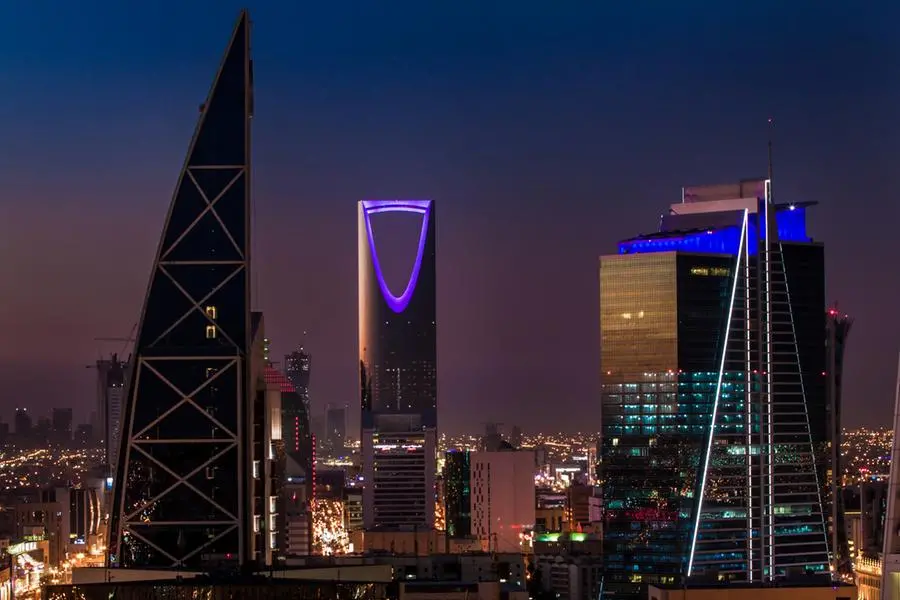PHOTO
Offshore wind farm UK in southern North Sea. Image used for illustrative purpose.
The total offshore wind potential for the Middle East is around 1,400 gigawatts (GW) but realising this potential depends on investment and regulatory support among other things, according to a recent report by the Global Wind Energy Council (GWEC).
GWEC’s annual ‘Global Offshore Wind Report 2024,’ pointed out that currently, the only offshore activities in the Middle East relate to oil and gas with wind energy regarded as a nascent industry.
“The significant potential of offshore wind indicates that there may (and should) be development in the Middle East region. However, this depends greatly on the investment environment, national regulations, and permitting procedures, as well as the availability of a skilled workforce with experience in this industry,” the Report said.
It noted that the region is often positioned as an ideal spot for solar due to its favourable weather conditions and geographical location while the region’s equally significant wind potential, especially in Saudi Arabia, Morocco, Egypt, and Oman, tends to be overlooked. Offshore wind is also put at a disadvantage due to its larger investments and the readily available onshore locations.
However, “efforts to diversify energy sources, potential development of subsea interconnectors to Europe, and the potential of green energy/green product exports may encourage MENA countries to reconsider their original stance on offshore wind,” the Report said.
In Morocco, the European Investment Bank (EIB) recently awarded the Moroccan Agency for Sustainable Energy (MASEN) a $2 billion grant to conduct a feasibility study for offshore wind in Morocco. The Report said the North African country’s target of reaching 51 percent renewable energy by 203, and its desire to position itself as a regional green hydrogen hub and exporter of green electricity to Europe will further contribute to the case for offshore wind development. According to a previous GWEC study, Morocco’s offshore potential is around 200 GW.
In the case of Saudi Arabia, GWEC has estimated offshore wind potential along the Kingdom’s eastern and western coasts at a combined 106 GW. The Report said Saudi Arabia’s ambitious renewable energy targets together with the launch of green hydrogen schemes and the potential to export of green products, including green hydrogen derivatives, are expected to as key drivers for development of both onshore and offshore wind. Currently, the kingdom has only one onshore wind farm in operation [the 400 megawatts (MW) Dumat al Jandal].
(Editing by Anoop Menon) (anoop.menon@lseg.com)
Subscribe to our Projects' PULSE newsletter that brings you trustworthy news, updates and insights on project activities, developments, and partnerships across sectors in the Middle East and Africa.
